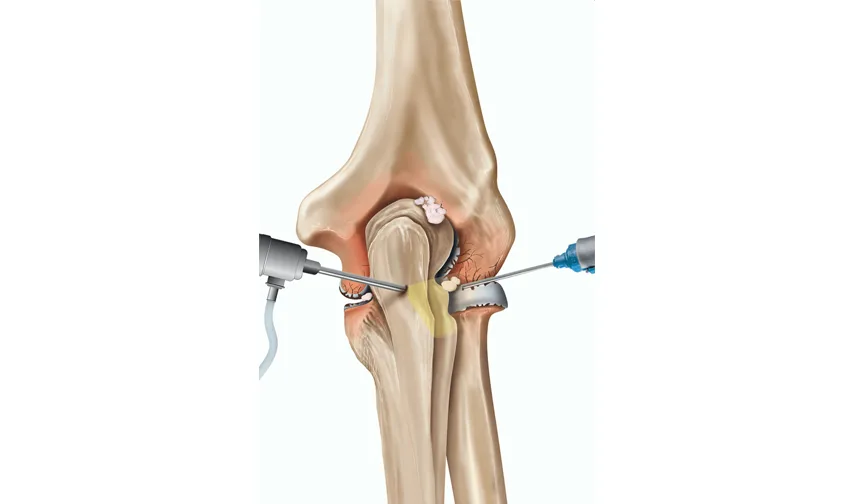Frequently Asked Questions About Arthroscopy

What is Arthroscopy?
Arthroscopy is a minimally invasive surgical procedure used to diagnose and treat joint problems. During the procedure, a small camera (arthroscope) is inserted into the joint through a small incision. The arthroscope allows surgeons to view the inside of the joint on a screen and perform necessary treatments using specialized instruments through additional small incisions.
Arthroscopy is commonly performed on joints such as the knee, shoulder, elbow, hip, ankle, and wrist. It is often used for diagnosing and treating issues like torn cartilage, damaged ligaments, inflamed joint linings, and loose bone or cartilage fragments.
Arthroscopy is used to diagnose and treat joint conditions, including torn cartilage, damaged ligaments, joint inflammation, and removing loose bone or cartilage fragments.
Arthroscopy is minimally invasive, meaning it uses small incisions and specialized instruments, leading to quicker recovery times, less scarring, and reduced risk of complications compared to open surgery.
The most common joints treated are the knee, shoulder, elbow, hip, wrist, and ankle.
The procedure usually lasts between 30 minutes to 2 hours, depending on the complexity of the condition being treated.
Anesthesia options include general anesthesia (where you are put to sleep), local anesthesia (numbing the area), or regional anesthesia (numbing a larger part of the body). The type used depends on the joint being treated and the patient’s medical history.
There is usually some discomfort and pain after the procedure, but it is generally less painful than open surgery. Pain is typically managed with medications, and it subsides as the joint heals.
Recovery depends on the joint treated and the extent of the procedure. Most patients can resume light activities within a few days and return to normal activities within 4 to 6 weeks. Full recovery for more complex procedures can take several months.
Yes, physical therapy is often recommended to restore strength, flexibility, and range of motion in the joint. The duration and intensity of therapy depend on the surgery and individual needs.
Most people can return to work within 1 to 2 weeks, depending on the type of work and the joint treated. Desk jobs may allow for an earlier return, while more physically demanding jobs might require more time off.

